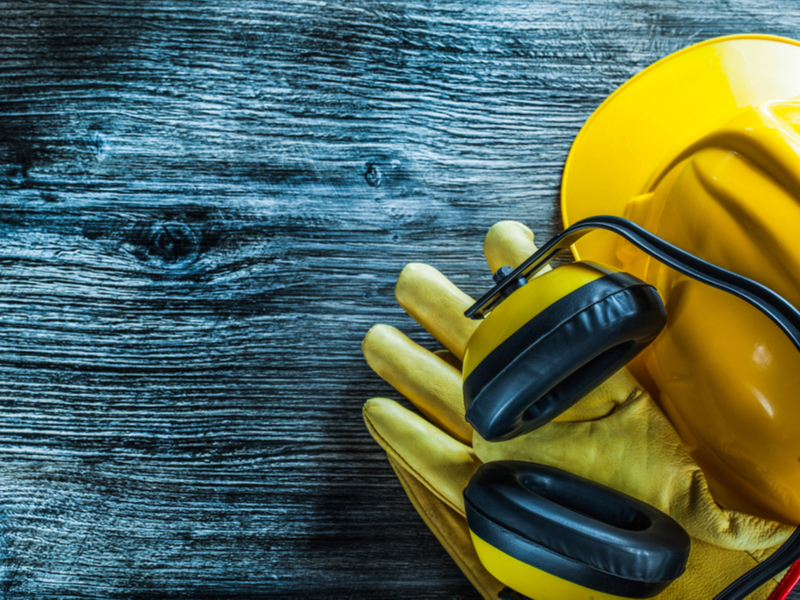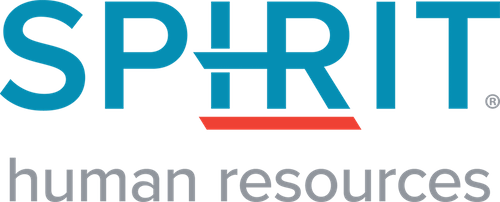PPE Prevents Injuries

PPE is clothing or equipment designed to protect workers from injury or illnesses resulting from workplace hazards. Employers should attempt to reduce hazards through engineering controls, work practices, and administrative controls before determining the appropriate PPE.
PPE is vital to employee safety. It should be considered as a line of defense between the worker and the hazard, and, it is required under OSHA regulations.
Assess the Worksite
When assessing your worksite consider ways to protect from the following:
- Head injuries
- Foot and leg injuries
- Eye and face injuries
- Hearing loss
- Hand injuries
- Bodily injury
- Respiratory exposures
PPE could be as simple as gloves to protect hands and fingers and earplugs to protect against hearing loss. Or as elaborate as respirators to protect respiratory exposures and harnesses for fall hazards.
Training
Regardless of the extent of PPE needed at your worksite, it is important to train your employees.
Well-informed employees are much more likely to adhere to safety requirements and use their PPE properly. Employers are required to train each worker required to use personal protective equipment to know:
- When it is necessary
- What kind is necessary
- How to properly put it on, adjust, wear and take it off
- The limitations of the equipment
- Proper care, maintenance, useful life, and disposal of the equipment
To learn more about personal protective equipment and employer requirements, visit the OSHA website or call Spirit HR at 405.951.5300 and learn how we can help.
Latest Blogs from Spirit HR
Your Quick Guide to E-Verify
The federal E-Verify program has been around in some form since 1996, and it’s only getting bigger. With Florida joining the program earlier this year, around half of all states now require E-Verify participation in some way. Enrolling in the program isn’t difficult,...
3 Reasons to Outsource Your HR
Navigating the complexities of HR management can be a daunting task for businesses, especially when streamlining operations and optimizing costs are crucial for success. Outsourcing your HR functions can be a game-changer, providing the breathing room you need as a...
3 Steps to Improve Health and Safety Compliance in Your Workplace
Health and safety are two terms that can seem tedious concerning the workplace, but ignoring them and the standards they entail could result in injury, illness or even death. Prevention and preparation are integral to a safe, happy and compliant organization. Here are...
